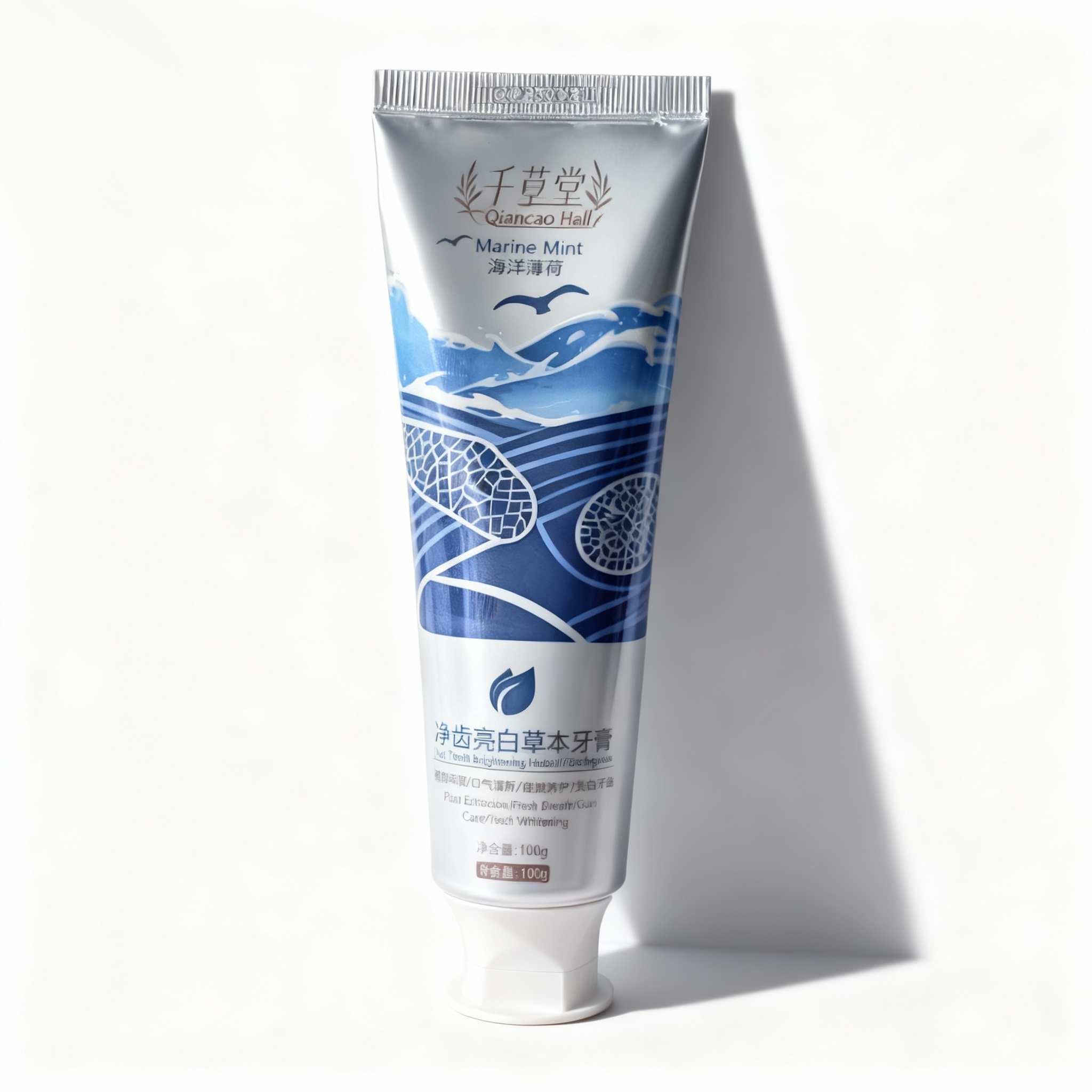
What Does Activated Carbon Do in An Air Filter
Explain what activated carbon does in an air filter, how it works to remove odors, gases, and harmful chemicals, and the benefits of using activated carbon in air purification systems.
In today's world, where environmental pollutants and allergens are becoming more pervasive, the importance of maintaining clean indoor air cannot be overstated. Whether at home, in the workplace, or in industrial settings, air quality is a crucial factor for health and well-being. Air filters are the first line of defense against these pollutants, with activated carbon filters emerging as a particularly effective solution. However, despite their popularity, many people are still unsure of exactly what does activated carbon do in an air filter and how it works to improve air quality. This blog delves deep into the science, benefits, and applications of activated carbon in filters, helping you understand why they are so widely used in air purification systems.
Understanding Activated Carbon
To fully appreciate the role of activated carbon in filters, it’s important to first understand what activated carbon is and why it is so effective in filtering air.
Activated carbon, also known as activated charcoal, is a highly porous material derived from carbon-rich sources like coal, coconut shells, or wood. The activation process involves heating carbon to very high temperatures in the presence of a gas such as steam or carbon dioxide. This process opens up the carbon’s internal structure, creating an expansive network of pores that significantly increases the surface area of the material. The resulting product has a surface area that can reach as much as 3000 m² per gram, making it exceptionally effective at adsorbing contaminants from the air.
The reason activated carbon is so effective at cleaning the air is due to its unique physical properties. It doesn’t absorb contaminants (which would imply a one-time use) but rather adsorbs them, meaning the contaminants stick to the surface of the activated carbon. This mechanism makes activated carbon highly efficient in trapping and holding onto a wide range of airborne particles, gases, and chemicals.
How Activated Carbon Filters Work
An activated carbon filter works by allowing air to pass through a material made of activated carbon, where contaminants are adsorbed onto the carbon’s porous surface. Let’s break down how this works in greater detail:
Airflow: As the air passes through the filter, it first encounters a layer or bed of activated carbon. This carbon layer can be in the form of loose granules, a compressed block, or even carbon-infused cloth, depending on the type of filter used.
Adsorption of Contaminants: Once the air is in contact with the activated carbon, the pores of the carbon attract and trap various molecules, including volatile organic compounds (VOCs), gases, and even microscopic particles. This adsorption process occurs because the surface of the activated carbon has a high affinity for these molecules.
Decontaminated Air: As the contaminants are captured by the carbon, the air becomes cleaner. The gases and particles are retained in the carbon’s pores, which prevents them from being released back into the air. This leaves the air purer and fresher, which is the primary goal of air filtration.

What Does Activated Carbon Do in an Air Filter?
Now that we understand the mechanics of how activated carbon works, let’s address the central question: what does activated carbon do in an air filter?
1. Removes Odors: Activated carbon filters are particularly effective at eliminating unwanted odors. Whether it’s the smell of cooking, pet odors, or cigarette smoke, activated carbon filters capture these airborne odors and neutralize them. This is possible because many odors are caused by volatile chemicals (VOCs) that activated carbon can adsorb. The process works like this:
- Volatile Organic Compounds (VOCs): VOCs are chemicals that easily evaporate into the air. Examples include formaldehyde, benzene, and acetone, which are often present in furniture, cleaning products, paints, and household items.
- Odorous Gases: These chemicals emit odors that can be quite pervasive and unpleasant. Activated carbon adsorbs these gases, effectively removing their smell from the air.
2. Adsorbs Harmful Gases and Chemicals: Activated carbon filters go beyond just removing odors; they also play a key role in eliminating harmful chemicals that can negatively affect health. Activated carbon in filters is highly effective at capturing a wide range of gases, including:
- Formaldehyde: A common indoor air pollutant emitted by furniture, flooring, and textiles.
- Ammonia and Chlorine: These are often present in cleaning products and household disinfectants.
- Carbon Monoxide and Nitrogen Dioxide: Common in homes with gas stoves or in industrial settings, these gases can be hazardous to human health at higher concentrations. By adsorbing these gases, activated carbon helps ensure that the air we breathe is not only fresher but also free from harmful contaminants that could irritate the respiratory system or contribute to long-term health issues.
3. Removes Smoke and Fumes: One of the most well-known uses of activated carbon filters is in the removal of smoke from the air. Whether it’s cigarette smoke, cooking smoke, or wildfire smoke, activated carbon is highly effective in trapping and neutralizing the harmful chemicals found in smoke, such as tar and nicotine. This makes it an essential feature in air purifiers designed for smokers or in homes located in areas prone to wildfires or industrial pollution.

The Benefits of Activated Carbon Filters
Now that we know how activated carbon filters work, let’s explore the various benefits they offer:
Improved Indoor Air Quality: Perhaps the most significant benefit of activated carbon filters is their ability to improve indoor air quality. In homes, offices, and other indoor environments, air can be filled with pollutants like dust, pet dander, pollen, and volatile chemicals. By removing these contaminants, activated carbon filters help ensure that the air remains clean and breathable, making it easier to breathe and reducing the risk of respiratory problems.
2.Effective at Removing a Wide Range of Pollutants: Unlike filters that are designed to capture only particulate matter (like HEPA filters), activated carbon filters are specifically designed to target gaseous pollutants, such as VOCs and odors. This makes them an essential component in any air purification system, especially when the air is polluted with gases that can be harmful to human health.
3.Prevention of Mold Growth: Activated carbon filters also help control the humidity levels in the air. Excess moisture can promote mold and mildew growth, which can contribute to respiratory issues. By filtering out moisture-trapping chemicals and VOCs, activated carbon helps keep humidity in check and prevents the conditions that lead to mold growth.
4.Long-Lasting Freshness: Another benefit of activated carbon is its ability to neutralize odors. Many air purifiers using activated carbon filters not only eliminate odors but also leave the air with a refreshing and neutral scent, enhancing the overall air quality and creating a more pleasant indoor environment.
Types of Activated Carbon Filters
Activated carbon filters come in several variations, each designed to meet specific filtration needs. Here’s a closer look at some of the most common types:
1.Granular Activated Carbon (GAC) Filters: These are the most basic and widely used form of activated carbon filters. GAC filters consist of loose granules of activated carbon packed into a filter frame. The air passes through these granules, and the contaminants are adsorbed onto the carbon’s surface. While GAC filters are efficient, they tend to be less dense than other types, which means they may require more frequent replacement.
2.Carbon Block Filters: A carbon block filter is made from compressed activated carbon, resulting in a denser material compared to GAC filters. The increased density allows for more efficient filtration, making these filters a better choice for applications where higher levels of pollutants need to be removed. Carbon block filters are commonly used in residential air purifiers, commercial ventilation systems, and even in water filtration.
3.Activated Carbon Cloth Filters: These filters use a fabric material infused with activated carbon. The cloth-like material allows for flexibility and is often used in a wide range of air purification systems, including gas masks, HVAC systems, and portable air purifiers. Activated carbon cloth filters offer the advantage of being washable and reusable, which can make them more cost-effective in the long term.
4.Pre-Filters with Activated Carbon Layers: Some air purifiers combine a pre-filter layer with an activated carbon layer. The pre-filter captures larger particles like dust and hair, while the activated carbon layer focuses on adsorbing gases and odors. This two-stage filtration ensures more comprehensive air cleaning and is commonly used in high-efficiency air purifiers.
Applications of Activated Carbon Filters
Activated carbon filters are used in a wide variety of settings to improve air quality:
- Home Air Purifiers: These filters are a popular choice for households looking to eliminate odors, gases, and allergens from the air. They are often found in portable air purifiers and are particularly effective at removing cooking odors, pet smells, and smoke.
- HVAC Systems: In larger settings like offices and homes, activated carbon filters are integrated into HVAC systems to improve air quality and remove pollutants. This is especially important in areas with high levels of indoor air pollution.
- Automotive Air Filters: Activated carbon is used in car cabin air filters to remove road fumes, exhaust gases, and other pollutants from the air inside the vehicle. This is especially important for people who suffer from respiratory issues or allergies.
- Industrial Air Filtration: Activated carbon filters are also used in industrial settings to control the release of harmful chemicals and gases into the environment. Industries such as manufacturing, pharmaceuticals, and food processing utilize activated carbon filters to reduce air contamination.
- Hospitals and Laboratories: Clean air is critical in sensitive environments like hospitals and laboratories, where contamination can lead to health hazards. Activated carbon filters help maintain sterile conditions by adsorbing dangerous chemicals and gases from the air.
The Limitations of Activated Carbon Filters
Despite their many advantages, activated carbon filters do have some limitations:
1.Limited Particle Filtration: Activated carbon filters are highly effective at removing gases and odors, but they are not designed to capture large particles such as dust, pollen, or pet dander. This means that activated carbon filters are often used in conjunction with other filters, such as HEPA filters, to provide comprehensive air purification.
2.Saturation: Activated carbon filters work by adsorbing contaminants, but once the carbon’s pores are full, the filter becomes saturated and loses its effectiveness. Therefore, it’s essential to replace these filters regularly—typically every 3 to 6 months—to maintain optimal performance.
3.Ineffective Against Some Gases: While activated carbon is excellent at removing many gases, it is not effective against all chemicals. For instance, activated carbon filters may struggle with adsorbing ammonia or carbon monoxide, which may require specialized filtration.
Conclusion
In conclusion, activated carbon filters play a crucial role in improving indoor air quality by removing odors, gases, and chemicals. Activated carbon in filters works through adsorption, effectively capturing a wide range of pollutants that other types of filters may miss. By understanding what does activated carbon do in an air filter, you can make more informed decisions about air filtration systems in your home, office, or industrial environment. From improving air quality to neutralizing unpleasant odors, activated carbon filters are an essential tool for maintaining healthy, breathable air in any setting.





